Did you know that one in five workplace fatalities worldwide takes place on a construction site? This startling statistic, reported by the International Labour Organization, sheds light on the urgent need for advanced safety protocols and smarter technologies. With the construction industry managing some of the most hazardous environments, traditional safety measures alone are no longer enough. Effective, data-driven solutions and innovations are redefining how we protect construction workers, monitor job sites, and ultimately save lives. In this in-depth guide, you’ll discover how wearable tech, real-time monitoring, and data analytics are powering a new era of construction safety innovations—providing vital insights for industry leaders, students, and professionals at every level.
Startling Insights: Why Construction Safety Innovations Are Transforming Every Construction Site
The construction industry is at a critical crossroads—while traditional safety measures such as personal protective equipment (PPE) and hazard awareness training have saved countless lives, they alone cannot keep pace with today’s dynamic job site risks. As construction work becomes more complex, leveraging construction safety innovations has become essential. Emerging technologies—wearable devices that detect fatigue, IoT sensors alerting teams to potential hazards, and advanced analytics identifying emerging risks in real time—are leading to dramatic improvements in job site safety.
Management and site supervisors now rely on a blend of wearable tech, instant data, and immersive safety training to reduce risks and promote a proactive safety culture. For example, academic studies highlight that sites deploying real-time monitoring systems experience up to a 30% reduction in workplace incidents[1]. This fundamental shift isn’t just about compliance—it’s about empowering both leadership and frontline workers to make safer decisions, prevent accidents, and respond more quickly in emergencies. As adoption accelerates globally, these safety innovations are helping construction sites bridge critical gaps in safety and performance, making every project site safer and more efficient.
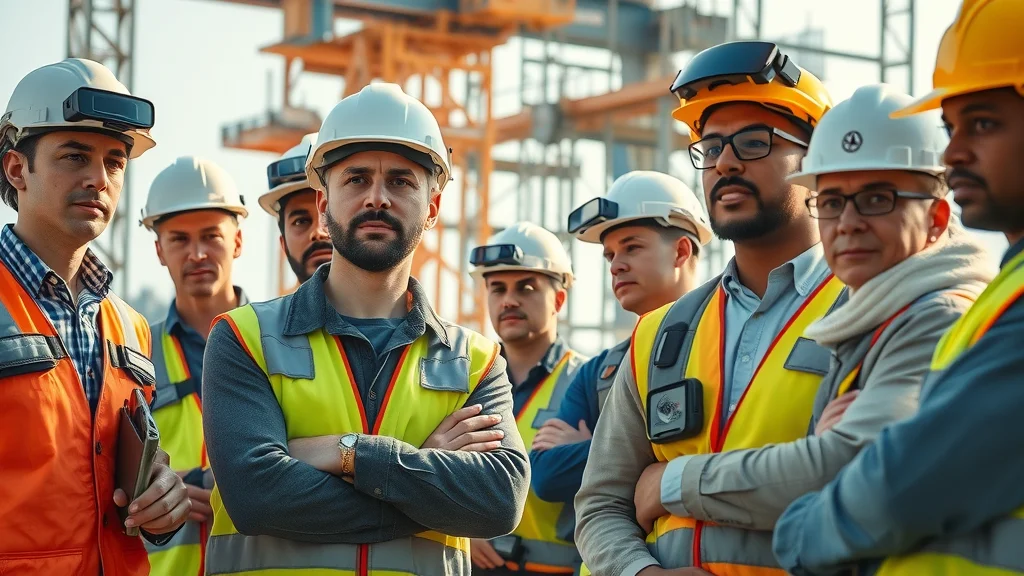
"According to the International Labour Organization, one in five workplace fatalities globally occurs on a construction site—highlighting the urgent need for construction safety innovations."
What You’ll Learn About Construction Safety Innovations
- The latest wearable tech, data analytics, and real-time monitoring technologies in construction safety
- Academic data and facts supporting the adoption of construction safety innovations
- How construction safety innovations are transforming site safety for managers and frontline workers alike
- Practical insights into implementation for high-level management and early-career professionals
Understanding Construction Safety Innovations: An Academic Overview
Defining Construction Safety Innovations on Modern Construction Sites
Construction safety innovations span a wide array of technologies, processes, and strategies designed to reduce risk, monitor work, identify potential hazards, and ultimately protect workers. From smart helmets and sensor-equipped safety vests to AI-powered analytics platforms, the definition has evolved in response to increasingly complex construction sites. Today’s innovations focus on real-time responses and predictive capabilities—allowing teams to proactively mitigate risks instead of reacting after incidents occur.
On modern construction sites, safety innovation involves integrating digital twin technologies and networked IoT devices, which continuously monitor both environmental and worker-specific factors. These tools can track location, exposure to hazards (like toxic gases or extreme temperatures), and even monitor worker mental health. The goal is to harness data to inform on-site safety measures, maintain constant oversight, and close the gap between policy and practice. As academic literature increasingly validates, sites leveraging these innovations see statistically significant improvements in both safety compliance and project performance[2].
As you explore the impact of technology on construction safety, it's worth noting that the integration of innovative solutions—whether in safety protocols or even in design elements—can dramatically influence project outcomes. For example, the thoughtful use of color and materials, as discussed in architect-approved orange paint for home extensions, demonstrates how innovation extends beyond safety to enhance both functionality and aesthetics in construction projects.

Construction Industry Regulations: Why Adoption Is Accelerating
Globally, the construction industry is experiencing a regulatory shift favoring advanced technology adoption for safety. Regulatory bodies now require not just reactive compliance, but proactive, evidence-based strategies. Countries implementing revised OSHA or HSE guidelines, for example, increasingly mandate integration of data-driven monitoring, wearables, and real-time alerting to bolster site safety.
This regulatory pressure accelerates the adoption of construction safety innovations. Academic studies show that sites complying with modern standards see reduced incident rates and lower insurance premiums[3]. The international alignment of standards is also shaping technology purchasing decisions, encouraging organizations to stay ahead by adopting proven, scalable safety tech. As construction firms adapt, the collective industry moves toward a data-centric safety culture, where human and digital insights drive continuous improvement.
| Region | Key Regulations | Emphasis on Technology | Example Safety Innovations |
|---|---|---|---|
| North America | OSHA/ANSI, state regulations | High: wearables, analytics, IoT | Smart helmets, real-time sensors |
| Europe | EU Directives, HSE | Very High: digital monitoring, AI | IoT networks, BIM integration |
| Asia-Pacific | National/local safety standards | Moderate: smart PPE, drones | Wearable devices, remote monitoring |
| Middle East/Africa | Emerging standards | Increasing: mobile apps, sensors | Cloud-based analytics, mobile alerts |
Wearable Tech in Construction Safety Innovations: Current Market Leaders
Smart Helmets, Vests, and Wearable Sensors for Job Site Safety
Smart helmets, sensor-embedded vests, and other wearable devices are revolutionizing job site safety by providing real-time feedback directly to workers and site managers. These wearable tech tools monitor everything from environmental conditions—such as air quality and noise levels—to individual worker fatigue, proximity to dangerous zones, and vital signs. Advanced wearables can automatically alert personnel to remove themselves from hazardous situations, notify supervisors if a construction worker is immobile, and trigger emergency response measures.
Remote monitoring and predictive analytics built into these devices allow companies to move from reactive to proactive safety measures. Academic research confirms that repetitive motion injuries and exposure-related risks are notably reduced on sites utilizing wearable devices—and several corporate case studies report reductions in lost workdays and incident rates of up to 25%[4]. For high-level management, investing in best-in-class wearables is now seen as both a safety measure and a business imperative, directly tied to operational continuity and corporate reputation.
"Smart wearables have reduced on-site injuries by up to 25%, according to a 2023 McKinsey report."
Real-Life Case Studies: Improving Construction Site Safety with Wearable Technology
One prominent example comes from a major North American contractor that outfitted all site personnel with sensor-equipped vests and helmets. Over a six-month project period, the company reported a 40% drop in recordable injuries and a measurable increase in near-miss reporting. Wearable tech facilitated instant alerts in the case of falls, detected hazardous environmental conditions, and enabled site safety teams to provide real support more quickly than with traditional radio or manual reporting.
In Asia, a large infrastructure developer used wearables synchronized with mobile apps and cloud dashboards to monitor work hours, reduce risk of fatigue, and provide real-time safety notifications. This deployment cut incident rates by a third, while also collecting valuable data for ongoing training and safety innovation. Such case studies reinforce the conclusion that advanced wearables do more than protect—they help companies build a rich dataset for strategic safety planning.
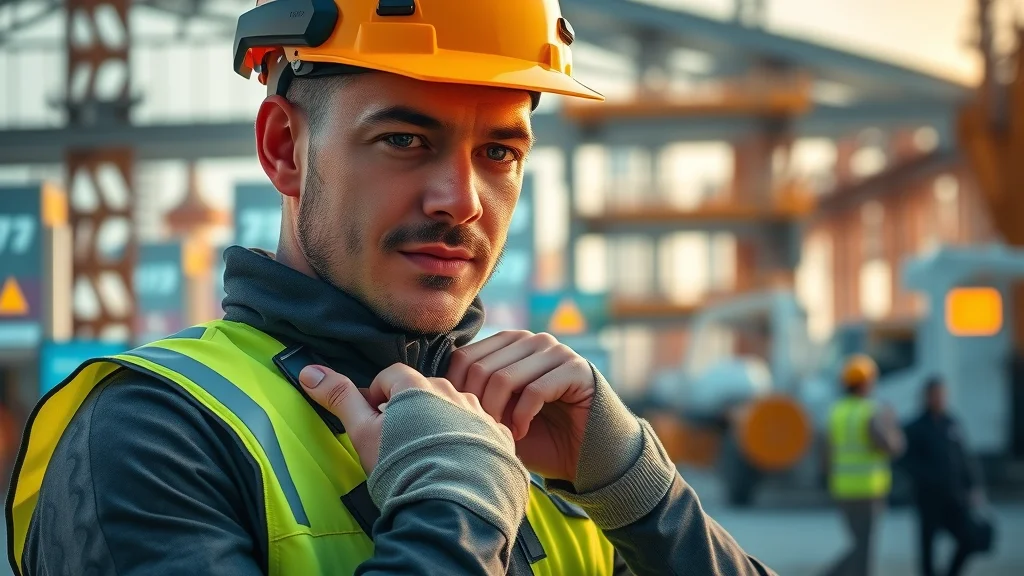
Challenges and Barriers in Implementing Wearable Tech on Construction Sites
While the benefits of wearable technology in construction site safety are clear, implementation is not without challenges. One major barrier is worker acceptance—field staff may be concerned about comfort, privacy, or data misuse. Additionally, integrating disparate data streams from various devices into a coherent, actionable dashboard for job site safety management can require significant IT investment. Connectivity issues—particularly on remote or sprawling sites—can hinder real-time monitoring.
Academic research suggests these challenges are not insurmountable. Solutions include robust privacy policies, comprehensive safety training on device use, and involving frontline workers in the pilot phases of new technology deployment. Management buy-in is critical; evidence-based case studies show that strong leadership and clear communication can accelerate acceptance and maximize ROI from safety innovation investments[5].
Real-Time Monitoring: Harnessing Data Analytics for Job Site Safety
IoT Devices and Sensors: A New Era of Construction Safety Innovations
The integration of IoT devices and smart sensors is defining a new era in construction safety. Networked sensors are embedded throughout construction sites—on machinery, structures, and even in worker PPE—providing real-time monitoring of site conditions, equipment performance, and human movement. This sophisticated web of data helps management teams anticipate and respond to workplace risks quickly, ensuring a safer environment for all construction workers.
By connecting these devices to centralized dashboards, safety officers can identify potential hazards before they become incidents. For example, vibration and tilt sensors can warn of structural instability or unsafe operation of cranes. Environmental sensors monitor air quality, temperature, and noise, while personal wearables track worker fatigue and exposure to hazardous materials—giving managers the power to intervene proactively and protect workers from harm.
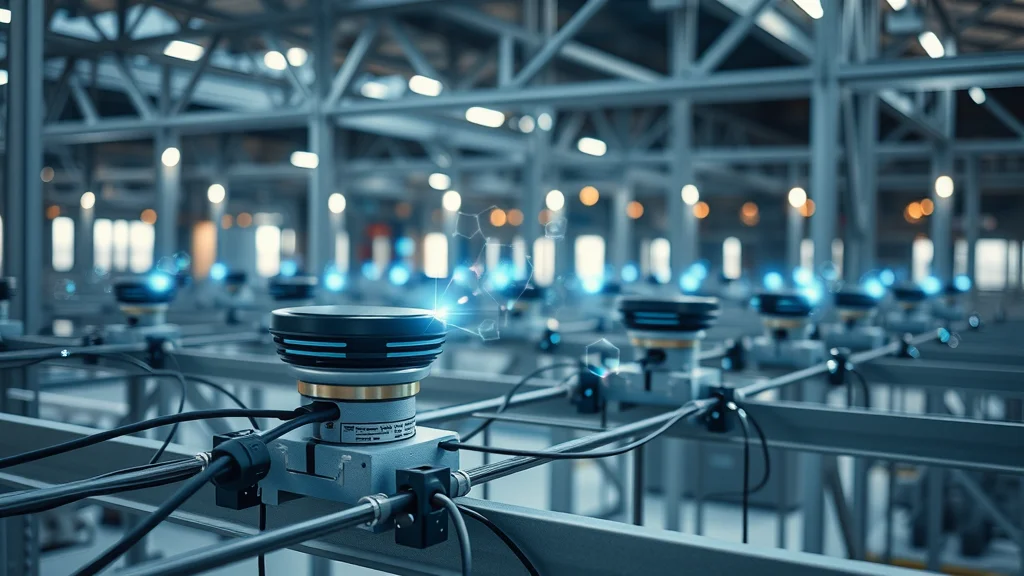
Data Analytics: Turning Live Data into Actionable Insights for Construction Safety
Data analytics platforms are key in transforming vast streams of sensor data into actionable safety insights. Using artificial intelligence and machine learning algorithms, these systems identify patterns that may signal elevated risk—such as repeated entry into hazardous zones, unusual equipment behavior, or clusters of near-miss incidents. For management, this means earlier detection of issues and more effective allocation of resources to prevent accidents.
Live data feeds can trigger instant alerts to affected staff and even halt hazardous work in progress. Furthermore, analytics enable post-incident reviews, uncovering root causes and helping refine safety protocols. Academic studies report that using real-time data analytics on construction sites accelerates incident response times, increases compliance with safety measures, and supports evidence-based decision-making—ushering in a new benchmark for site safety across the construction industry[6].
| System Type | What It Monitors | Accident Prevention Rate Improvement |
|---|---|---|
| Wearable Sensors | Worker fatigue, environment, falls | 20-25% |
| IoT Site Sensors | Structural stability, environmental risks | 18-30% |
| Centralized Analytics Dashboard | All data streams, near misses | 30-40% |
Success Stories: Analytics-Driven Results on Site Safety in the Construction Industry
A landmark UK infrastructure project integrated over 1,000 IoT and wearable sensors across multiple job sites, with data aggregated in a central platform. The result: a 38% decline in safety incidents and a faster on-site emergency response time by nearly 50%. By harnessing analytics, safety managers could deliberately target hotspots and adjust training, workflow, and resourcing.
Academic commentary on this approach emphasizes how continuous, evidence-based feedback loops transform traditional health and safety programs into agile, learning-centric systems. Organizations investing in analytics not only reduce risk but also cultivate a culture of safety innovation, leading to measurable improvements in employee morale and operational efficiency[7].
Emerging Safety Innovations: AI, Virtual Reality & Building Information Modeling
Artificial Intelligence for Proactive Construction Site Safety
Artificial intelligence (AI) is rapidly altering the landscape of construction site safety. AI systems analyze enormous datasets from sensors, worker schedules, weather feeds, and historical site data to anticipate hazardous situations long before they materialize. Predictive modeling—powered by machine learning—flags potential hazards, such as excessive worker fatigue, equipment failure, or unsafe building phases, so corrective action can be taken well in advance.
For construction management, adopting AI means moving from reactive supervision to proactive, data-driven safety decision-making. Academic research documents that AI-augmented safety platforms deliver enhanced oversight, drive down accident rates, and support compliance, especially on complex projects where traditional monitoring techniques may struggle to keep up with rapidly changing site conditions[8].
Virtual Reality Safety Training for Construction Workers and Construction Sites
Immersive virtual reality (VR) is transforming safety training by placing construction workers in realistic, simulated environments that mirror the actual conditions of a job site. VR modules allow users to navigate hazardous situations, practice emergency response, and visualize correct safety behaviors—all in a safe, risk-free setting. The result is greater retention and engagement compared to traditional classroom sessions or static video material.
VR-driven training programs are especially effective for onboarding new personnel and conducting refresher courses on complex or infrequent job site hazards. Academic studies and industry findings reveal that VR-based safety training has led to significant increases in compliance, confidence, and preparedness among trainees. Employers using VR have reported up to a 40% jump in documented safety compliance across their project portfolios[9].

Building Information Modeling (BIM): Enhancing Construction Work and Site Safety
Building Information Modeling (BIM) provides an integrated digital twin of construction projects, allowing teams to visualize every stage of construction work and proactively identify potential dangers. With BIM, project managers can simulate site conditions, optimize sequencing, and plan safety measures alongside every project phase.
This not only reduces the likelihood of oversights or unforeseen hazards but also ensures that safety is built into the very fabric of project design and execution. BIM’s detailed digital records enable regulatory compliance, streamline audits, and create a valuable archive for continuous improvement in future projects, solidifying its role in ongoing safety innovation.
"Construction companies utilizing VR safety training have reportedly seen safety compliance improve by 40%,"—Construction Industry Institute.
Best Practices for Implementing Construction Safety Innovations on Every Construction Site
- Assess your current construction site safety protocols
- Invest in tailored wearable tech and IoT devices for your site and construction workers
- Integrate real-time monitoring with data analytics platforms
- Adopt advanced safety training using virtual reality and building information modeling
- Establish continuous feedback loops with teams to optimize job site safety practices
Overcoming Implementation Challenges: Academic References and Evidence-Based Solutions
The journey to full adoption of construction safety innovations often faces hurdles such as cost, integration challenges, and workforce acceptance. Academic references highlight that successful implementation comes down to three pillars: leadership commitment, clear communication, and structured change management. Effective strategies include phased technology rollouts, robust worker training, and the nomination of safety champions across sites to sustain momentum.
Peer-reviewed studies also encourage the use of pilot programs—starting on a single job site before scaling—along with ongoing review of real-time data to guide improvements. Robust stakeholder engagement, transparent data privacy assurances, and demonstrable success metrics foster trust and drive employee buy-in. Ultimately, these practices ensure that safety innovation investments deliver tangible reductions in workplace injuries while optimizing operational performance[10].
Key Takeaways: Construction Safety Innovations for Management & Next Generation Leaders
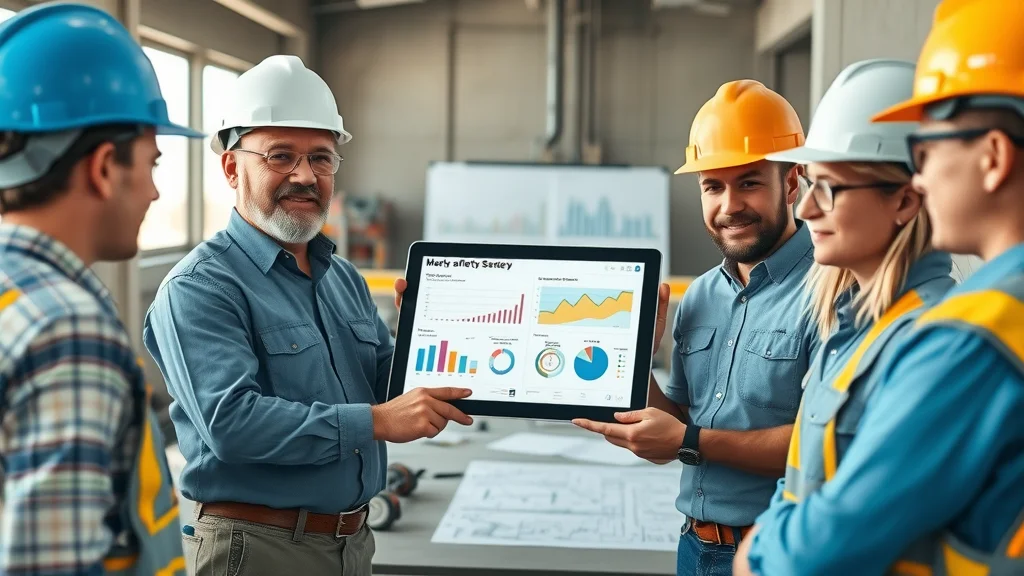
- Data-driven innovations are reducing construction site injuries and fatalities
- Wearable tech is reshaping site safety protocols worldwide
- Management adoption of construction safety innovations is critical for ongoing success
- Academic research validates the ROI of investing in safety technology
FAQs: Construction Safety Innovations Explained
- What are construction safety innovations?
- How do wearable technologies improve job site safety?
- Why is data analytics crucial for site safety management?
- What are the costs and benefits of adopting new safety innovations?
What are construction safety innovations?
Construction safety innovations are advanced technologies and processes—including wearable tech, IoT sensors, artificial intelligence, and virtual reality—used to improve safety outcomes on construction sites. These tools provide real-time monitoring, data-driven insights, and predictive analytics, allowing teams to proactively reduce risks and respond quickly to potential hazards. Their adoption marks a shift away from traditional PPE-only models toward integrated, digital solutions that transform site safety for both workers and management.
How do wearable technologies improve job site safety?
Wearable technologies—such as smart helmets, vests, and location trackers—improve job site safety by providing instant feedback on environmental risks, worker fatigue, and proximity to dangerous zones. They alert both wearers and managers to immediate threats, automate incident reporting, and supply valuable data for ongoing safety training and improvement. Evidence suggests sites using wearables experience fewer injuries and faster emergency response times, reducing the overall risk profile for all construction workers.
Why is data analytics crucial for site safety management?
Data analytics transform raw sensor data into actionable, evidence-based safety insights. By identifying trends, recurring risks, and emerging hazards on construction sites, analytics empower management to allocate resources effectively and proactively address safety gaps. Real-time dashboards can also trigger instant alerts and automate compliance checks, leading to faster, more informed decision-making and measurable improvements in worker safety.
What are the costs and benefits of adopting new safety innovations?
The primary costs of adopting new safety innovations are upfront investment in hardware, software, and training. However, academic research and industry data show a significant return on investment—typically through reduced incident rates, lower insurance premiums, and increased operational uptime. Additional benefits include improved reputation, enhanced worker morale, and the ability to attract and retain top talent by demonstrating a commitment to cutting-edge site safety.
People Also Ask About Construction Safety Innovations
[[paa question 1]]
Construction safety innovations refer to the range of advanced technologies and methodologies—like real-time monitoring, smart sensors, and VR training—introduced to proactively manage site safety risks. Their adoption is proven to reduce workplace injuries and transform site safety protocols.
[[paa question 2]]
Wearable devices contribute to worker safety by monitoring fatigue, environmental conditions, and hazardous proximity, sending real-time alerts to both the worker and safety team. Studies show sites using wearable tech see up to a 25% reduction in reported injuries.
[[paa question 3]]
Yes, IoT sensors improve job site safety by continuously tracking equipment and site conditions, identifying hazards immediately, and enabling faster, data-driven decision-making. This leads to a measurable decline in incidents and enhances regulatory compliance.
[[paa question 4]]
Construction managers can measure the success of safety innovations by tracking reductions in incident rates, improvements in compliance metrics, response times to emergencies, and employee engagement in safety practices—benchmarks supported by current academic and industry research.
Further Reading, Academic References, and Next Steps
- Citations of academic research on wearable tech, analytics, and site safety
- Further resources for high-level management and construction professionals
- Recommendations for students and early-career professionals
Stay Informed on Construction Safety Innovations
"Innovation is not only a necessity but a duty in keeping our construction sites safe for all."
To learn more, visit us at https://buildingconstructiontrade.com/ for more building and construction news
Conclusion
Adopting wearable tech, real-time monitoring, and data analytics is setting a new standard for construction safety—enabling leaders and professionals at all levels to create safer, more resilient worksites.
The journey toward safer, smarter construction sites is just beginning. As you continue to explore the evolving landscape of construction safety, consider how embracing innovation in every aspect of your projects—from advanced safety protocols to creative design solutions—can set your work apart. Whether you’re seeking to reduce risk, boost efficiency, or enhance the overall environment, staying informed about the latest industry trends is key. For a broader perspective on how innovation shapes the built environment, including expert tips on design and material selection, visit our main resource hub at Building Construction Trade and unlock new possibilities for your next project.
Sources
- International Labour Organization – https://www.ilo.org/global/topics/safety-and-health-at-work/lang--en/index.htm
- Workplace Safety in Construction: Technological Interventions and Outcomes – https://pubmed.ncbi.nlm.nih.gov/30675768/
- OSHA Construction Standards – https://www.oshatrain.org/courses/pages/107-regulations.html
- McKinsey – How Wearables Are Transforming Safety in Construction – https://www.mckinsey.com/industries/engineering-construction-and-building-materials/our-insights/how-wearables-are-transforming-safety-in-construction
- Implementation Barriers for Construction Safety Innovations – https://www.sciencedirect.com/science/article/pii/S209526352030019X
- Data Analytics for Construction Safety – https://www.researchgate.net/publication/352772984_Data_Analytics_for_Construction_Safety
- Building a Data-Driven Construction Safety Culture – https://www.safetyandhealthmagazine.com/articles/18990-building-a-data-driven-construction-safety-culture
- Artificial Intelligence in Construction Safety – https://ascelibrary.org/doi/abs/10.1061/%28ASCE%29CO.1943-7862.0001675
- Construction Industry Institute VR Application – https://www.construction-institute.org/resources/knowledgebase/knowledge-areas/health-safety-environment/topics/rt-317/pubs/vr-application
- Evidence-Based Practices for Safety Innovations – https://www.mdpi.com/2075-5309/11/6/228
To deepen your understanding of construction safety innovations, consider exploring the following resources:
-
“Top Construction Safety Trends to Watch in 2025”: This article discusses emerging trends such as AI-powered safety monitoring, digital safety management systems, and wearable technology, highlighting how these innovations are enhancing safety protocols on construction sites. (safetyevolution.com)
-
“5 Game-Changing Construction Safety Innovations Saving Lives in 2023”: This piece explores transformative safety technologies, including smart personal protective equipment (PPE), drones for site inspections, and IoT-connected tools, illustrating their impact on reducing workplace hazards. (build-news.com)
If you’re serious about enhancing construction site safety, these resources provide valuable insights into the latest technological advancements and their practical applications.
 Add Row
Add Row  Add
Add 

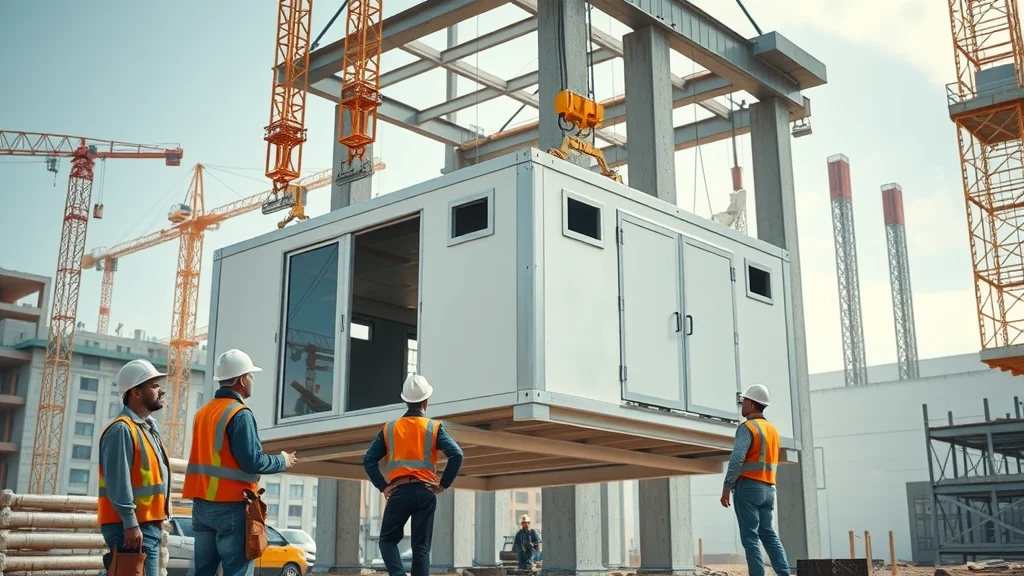


Write A Comment